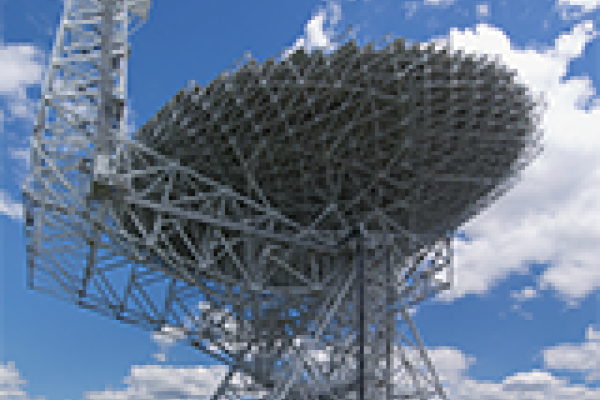News

Newark's SciDome Opens at The Works
Michael Stamatikos is the founding director and chief science officer of the new SciDome at the science, history, art and technology center which opened to the public on Saturday June 9, 2018.…

The All Sky Automated Survey for Supernovae
Led by faculty in the Department of Astronomy, the All Sky Automated Survey for Supernovae (ASAS-SN) is an international project to rapidly identify and study the brightest transient sources the…

Where Is the Center of the Universe?
While gazing at the stars under a clear night sky might make you feel like you're at the center of the universe, the universe actually looks the same from any point, explains Barbara Ryden,…

One of the Milky Way’s fastest stars is an invader from another galaxy
A unique type of supernova may have caused the trajectory of one of the fastest-moving stars in our galaxy. Astronomy professor Kris Stanek comments on the discovery — based on new data from the…

Astronomy and physics students visit Green Bank Telescope
Think Ohio Stadium is big? You should see the Green Bank Telescope, which clocks in at 16.8 million pounds with a dish that spans 2.3 acres. A group of astronomy and physics students recently got…

Ohio State astronomer awarded prestigious NASA medal
Professor Emeritus of Astronomy Bradley Peterson has been awarded the NASA Exceptional Service Medal, one of NASA's most lauded annual awards that has been given to many notable astronauts,…

Todd Thompson named 2018 Simons Fellow
The Simons Foundation has named Todd Thompson, professor of the Department of Astronomy, as a 2018 Simons Fellow in theoretical physics. Thompson is one of only 52 fellows, and one of only 12 in…

How Scientifically Accurate is "A Wrinkle in Time?"
Turns out the space travel depicted in the 1962 novel and new film “A Wrinkle In Time” isn’t all that far fetched. Paul Sutter, community outreach coordinator at the Center for Cosmology and Astro…

The Sun Is Spitting Out Strange Patterns of Gamma Rays--and No One Knows Why
Scientists don't fully understand the inner workings of our solar system’s most important star, but an unexpected finding from researchers in the Department of Physics is shedding some new light…
